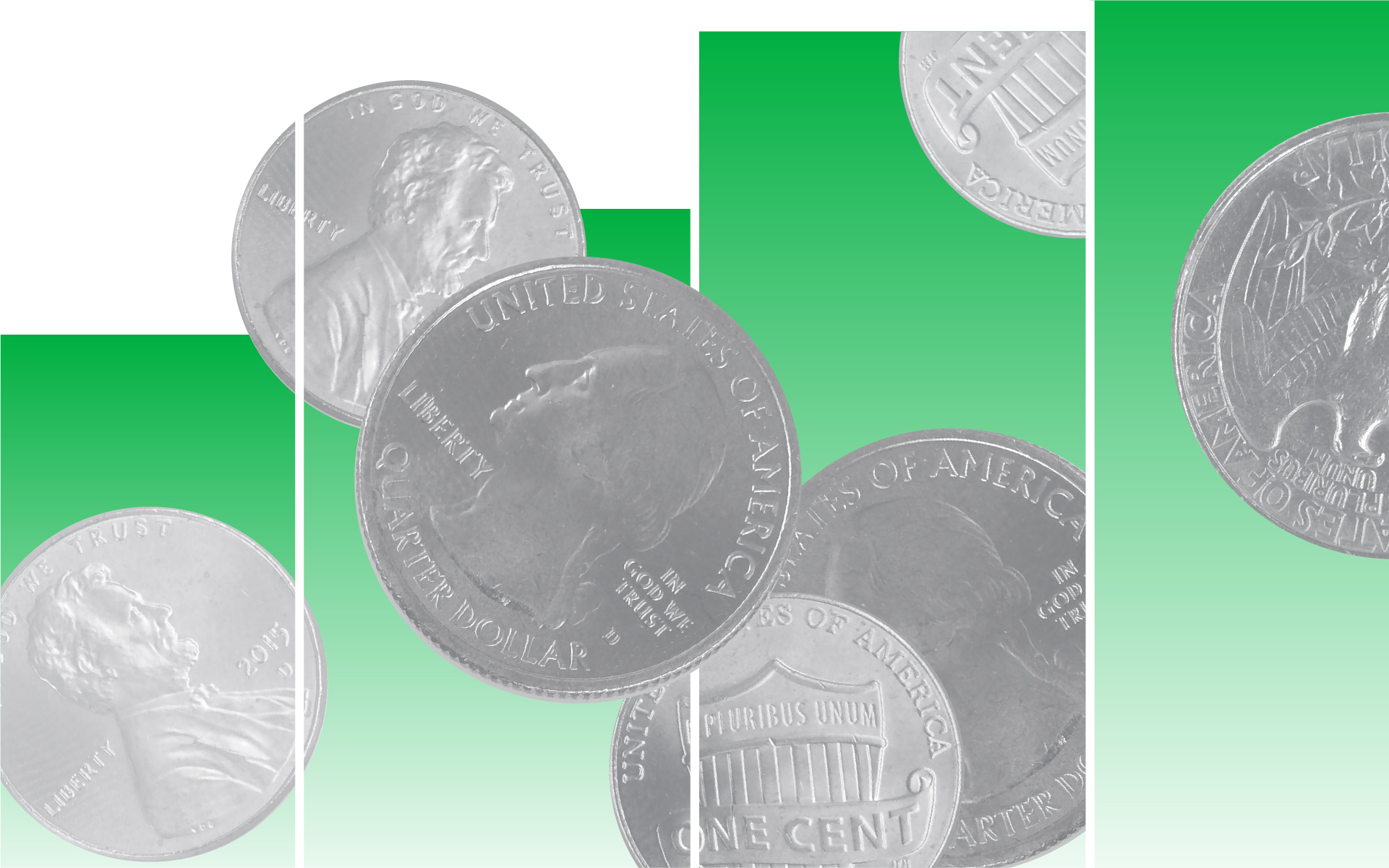
In the recent past, with the rise in interest rates in the western world, higher yields have attracted investor attention. For many income seeking investors, this has meant a shift away from riskier equities, into less-risky bonds. However, this could change, especially if – as speculated, the U.S. Federal Reserve starts cutting interest rates.
As of Sept. 1, futures prices indicate that traders anticipate about 1.2 percentage points of rate cuts next year, according to Bank of America. Morningstar anticipates roughly 3 percentage points of cuts between February 2024 and the end of 2025, which would mean five or more rate cuts could be possible during the first year.
While anticipating that inflation will drop below the Fed’s 2% target in the first quarter of 2024, which would “clear the way for the Fed to start cutting at their February meeting,” our analysts think a slowing economic growth could prompt even more dramatic cuts.
What Rate-Cutting Has to Do with Risk Assets
Jason Yu, head of multi-asset management for Asia at Schroders, also believes that this tightening cycle is about to end, with only one more 25 basis-point hike on the horizon.
He says: “Historically, the Fed typically initiates rate cuts approximately 6-9 months after halting rate hikes. Based on this pattern, the U.S. may start to lower interest rates in 2024, potentially triggering a rally in risk assets. In light of this, remaining invested will be a sensible approach for investors to avoid missing out on a sudden rebound in such assets.”
Now, with the possibility of Treasury yields falling as the Fed cuts rates, dividend-generating stocks are becoming attractive again for income seekers. Where are managers at Schroders and Fidelity International finding income opportunities?
Schroders Buys Asia Tech, Short-Term Bonds
In the equity sleeve, Yu likes semiconductor firms in Taiwan and South Korea, which he thinks offer a combination of stable income and growth potential. Another sector on which he is positive is banking, as the sector is well positioned to benefit disproportionately from higher rates, through wider margins and increased profitability.
In terms of bonds, Schroders’ preference is for short-term issuances, especially with the yield curve currently being inverted.
Yu says: “Under these circumstances, yields for short-term bonds are higher than that for longer-term bonds, meaning that negative carry will cause higher capital losses for longer-term bonds as they approach maturity. In that sense, choosing short-term bonds is a way to avoid this situation.”
He has a neutral view on REITs. Yu says: “Their attractiveness as an income strategy has consequently decreased, owing to the fact that the mainland China and Hong Kong property markets have shifted to a new normal where growth is now slower compared to pre-pandemic levels.”
Asia Has Two Dividend Engines
Jochen Breuer, an equity portfolio manager at Fidelity International, says the region offers a combination of dividend drivers. He says: “Mature markets, such as Australia and Singapore, have higher payout ratios, which mean companies in these markets pay out more of their earnings in the form of dividends. This translates into a higher initial dividend yield.”
Meanwhile, companies in emerging markets have a lower payout yield, but come with an upside to the dividend yield as the economy develops. That is the dividend growth that Breuer also capitalizes on for his Bronze-rated Asia Pacific Dividend Fund.
“As an income investor in the region, this allows me to put together a portfolio which has both the characteristics in terms of an attractive headline dividend yield and a dividend growth prospect over time,” he says.
Investors Should Look for Sustainability of Dividend Payouts
More companies from the internet, biotechnology, and electric vehicles sectors, are listing on Asian stock exchanges, and these typically do not pay dividends. As a result, Breuer observes that there are now a higher proportion of companies paying little, or no dividends compared to 10 years ago. At the same time, he finds that an incremental number of companies are paying higher dividend yields.
“[Companies paying a dividend of above 6%] is an area we advocate for caution. Because we can see high yielding [segments] come from very cyclical industries. Therefore, the sustainability of those dividend and cash flow streams to investors is a lot less,” says Breuer.
Given the cyclical feature and the difficulty in forecasting cash flow, he tends to keep a low percentage of natural resources, energy, material companies in the portfolio.
Cyclical Stocks Aren’t All Bad
First, financial services is the largest cyclical sector in the index. The sector takes about 22.7% weight in Breuer’s fund, according to Morningstar data.
Despite the heavy weight of 40% in the Morningstar APAC xJpn DYF GR USD, Breuer is selective in this space. Looking for ‘high quality’ names, banks to be included in his portfolio need to meet the requirements of having a strong cash position, high return on equity, and low leverage ratio. He also favors names that display less cyclical characteristics across different market cycles.
Another cyclical sector he invests in technology hardware. He says: “In Asia, we find a lot of global leaders in the technology space. From a cyclical perspective, we think that the industry is interesting as the semiconductor cycle is just troughing out and valuations are still at levels that we think are very attractive.”
“Quite a lot of companies in the space pay absolute dividends, which means the payout isn’t linked to current earnings. That gives obviously confidence and stability for income investors.”
Lastly, the dividend-rich cyclical sector is real estate. His fund’s focus is on the property landlord side, which Breuer thinks would provide a stable and recurring income stream. He adds that, amid a higher interest rate environment, as valuations of the real estate companies have come down, these stocks have better total return potential.







.jpg)



.png)



.jpg)





